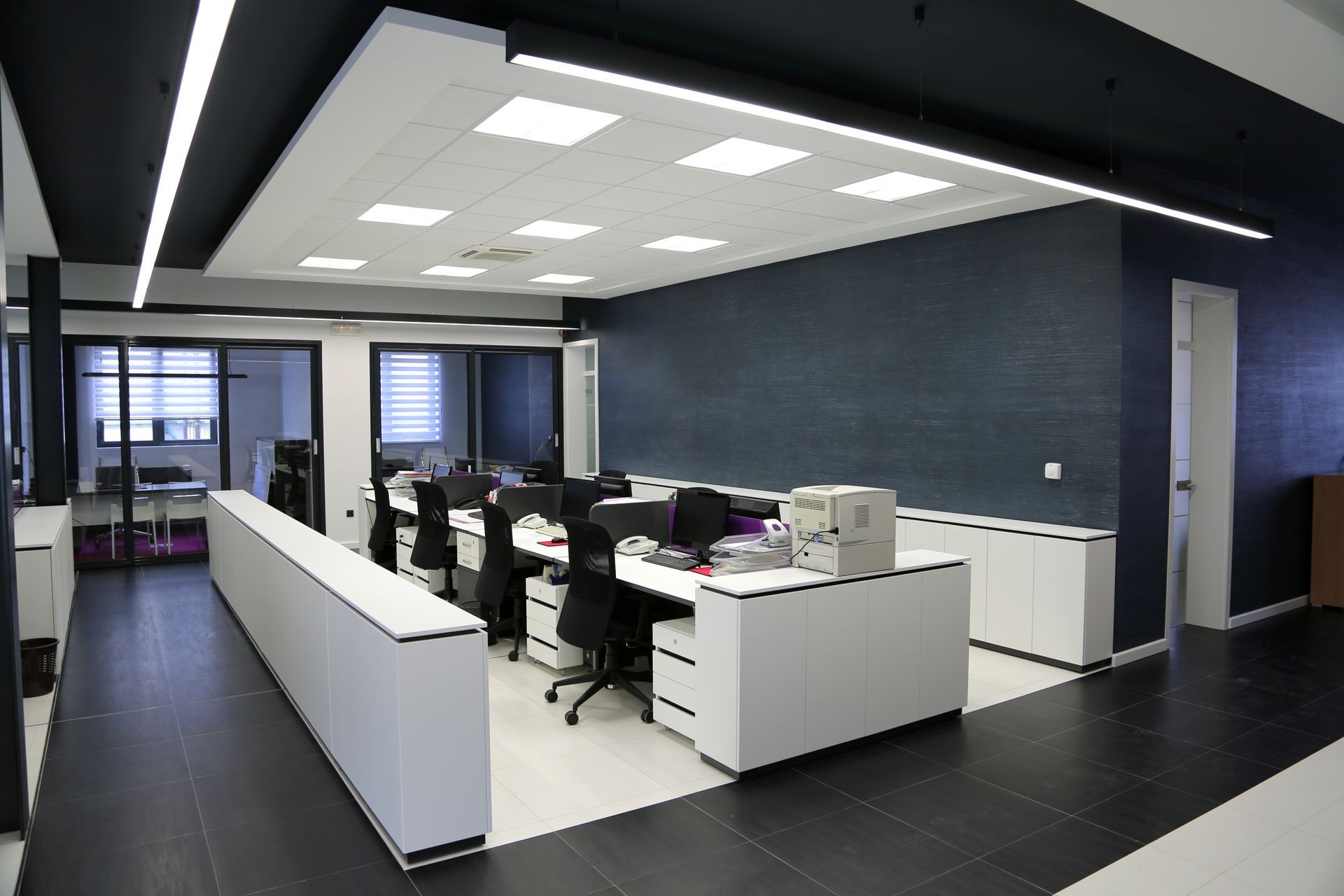Top-Quality Commercial Lighting Services
Illuminate commercial spaces across Guelph and surrounding areas in Ontario with our state-of-the-art lighting solutions, enhancing efficiency and aesthetics. Elevate your business's ambiance today—book an appointment with our experts.
LocalSite - Contact Us
We will get back to you as soon as possible.
Please try again later.
By submitting, you authorize Agentis Electric Ltd to send messages via text or email with offers & other information, possibly using automated technology, to the number you provided. Message/data rates may apply. Reply HELP for help or STOP to cancel. Consent is not a condition of purchase. Use is subject to terms.
Have Any Questions?
Request a Callback Below
Explore Our Commercial Lighting Solutions
Lighting plays a pivotal role in defining the ambiance and functionality of commercial spaces. From illuminating retail shops for optimal product display to designing efficient office environments, the right lighting strategy enhances both aesthetic appeal and operational efficiency. Our expertise covers various solutions tailored to meet your needs, ensuring energy-efficient, sustainable, and dynamic lighting setups.
Whether you're revamping your current setup or planning a new project, we understand the nuances of lighting design. We consider factors like natural light integration,
LED upgrades, and advanced control systems to create inviting and productive environments. Explore our services to see how we can illuminate your space in Guelph and surrounding areas in Ontario with excellence.

Enhanced Efficiency
Adopting our solutions optimizes energy use, prominently cutting costs and supporting green initiatives. Geared towards businesses aiming for efficiency and sustainability.
Elevated Safety
Our enhanced lighting design bolsters workplace safety, significantly reducing accident risks and ensuring a safer work environment for all staff members.
Improved Aesthetics
Our tailored lighting solutions enhance your space’s appeal, creating inviting atmospheres that reflect your brand’s image and values, making every space shine.
Top Benefits of Commercial Lighting
Our Four-Step Commercial Lighting Process
Discover our seamless four-step commercial lighting service, from consultation to installation. Perfect for businesses seeking reliability and quality.
Initial Consultation
Our journey begins with a detailed assessment of your commercial space to understand your specific lighting needs, ensuring a tailor-made solution.
Customized Lighting Design
We then create a bespoke lighting plan, focusing on efficiency and aesthetics, matched perfectly to your commercial environment's unique requirements.
Efficient Installation Process
Following design approval, our skilled team carries out the installation efficiently, ensuring minimal disruption to your commercial activities.
Final Evaluation and Follow-Up
After installation, we conduct a thorough evaluation to guarantee optimal performance and provide essential maintenance advice, ensuring lasting satisfaction.

What Our Clients Say About Us
Need a Lighting Upgrade at Your Commercial Space?
Transform your commercial space with state-of-the-art lighting solutions that not only reduce energy costs but also enhance your work environment.
With advanced lighting technology tailored to your specific needs, Agentis Electric promises efficiency, sustainability, and the perfect ambiance. Don't wait to make the switch—experience the difference today.






